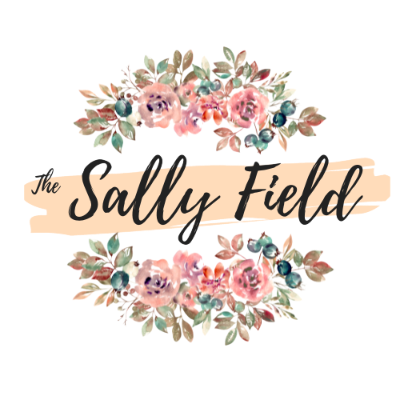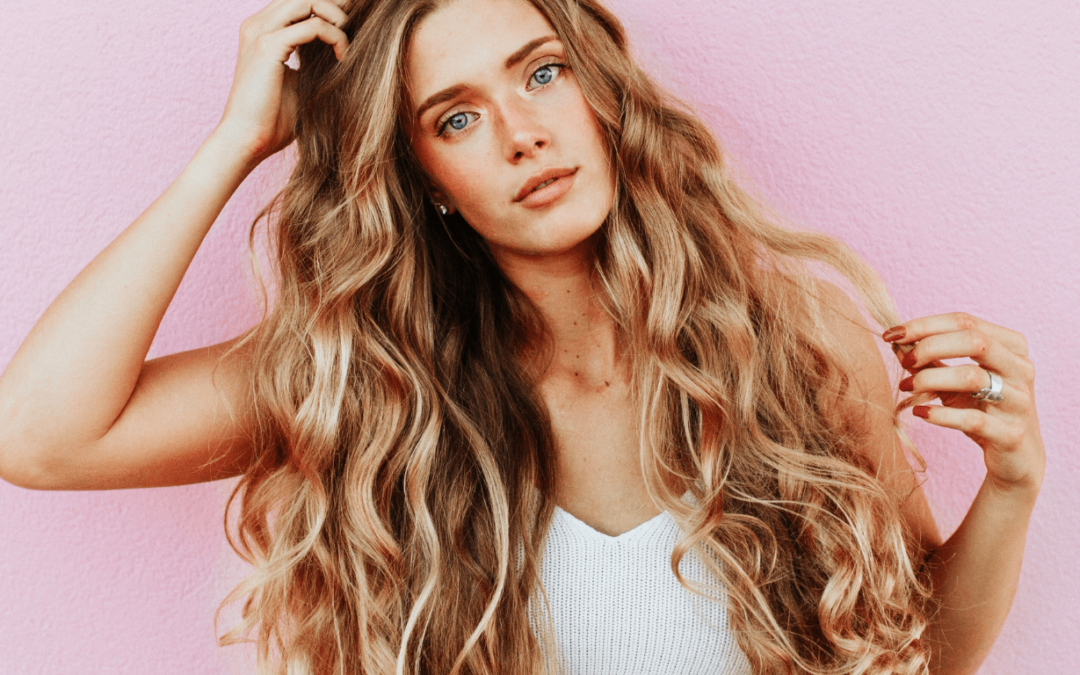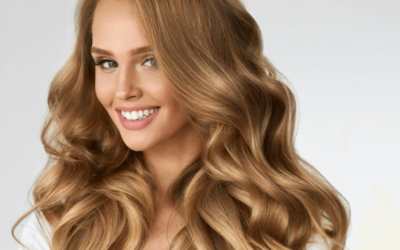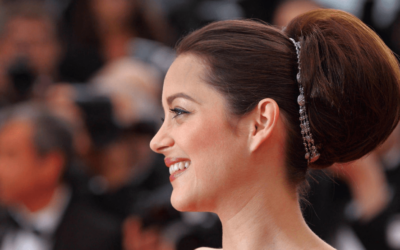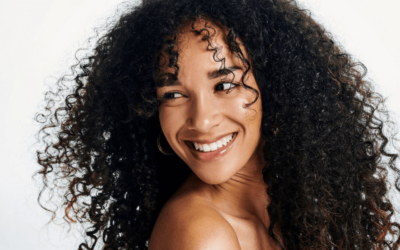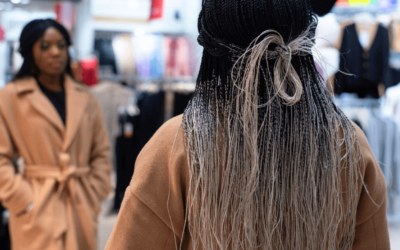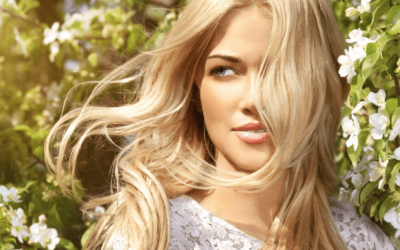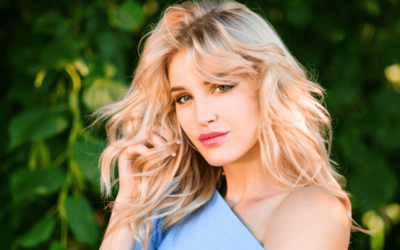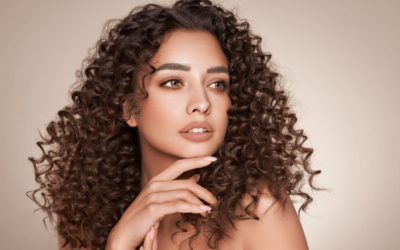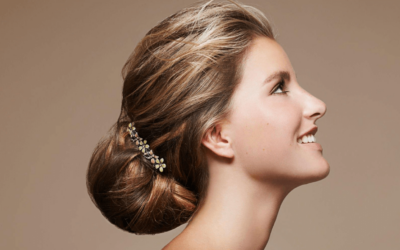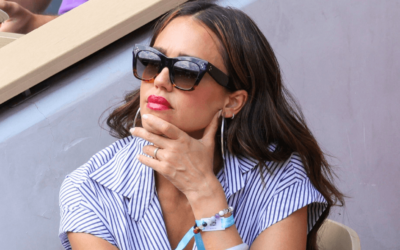Hair is not a one-size-fits-all phenomenon. In fact, there is a fascinating diversity of hair types and textures that vary greatly from person to person.
Understanding the different types of hair is not only crucial for hair care and styling but also for artists who want to accurately depict hair in their drawings.
In this comprehensive guide, we will explore the various types of hair, their characteristics, and how to identify and embrace the unique beauty of each hair type.
Straight Hair
Straight hair is sleek and smooth, lacking significant curls or waves. It is characterized by a uniform texture from root to tip, with strands that flow straight down.
People with straight hair often have a naturally shiny appearance due to the even distribution of natural oils from the scalp.
This hair type tends to be more prone to oiliness, making regular cleansing and proper styling essential for maintaining its natural beauty.
Identifying Straight Hair
Appearance: Straight hair has a smooth and silky appearance. It falls straight down from the scalp without any noticeable curls or waves.
Texture: The texture of straight hair is uniform from root to tip, with strands that are relatively thin and sleek.
Styling: Straight hair is versatile and can be easily styled into various looks, including sleek ponytails, bobs, or long, flowing styles.
Wavy Hair
Wavy hair falls between straight and curly hair, with gentle waves that add volume and texture. It possesses a natural bounce and movement that lends a touch of playfulness to one’s appearance.
Wavy hair can range from loose, subtle waves to more defined and prominent ones. This hair type offers a great deal of styling flexibility, allowing individuals to embrace their natural waves or create more defined curls with the right techniques and products.
Identifying Wavy Hair
Appearance: Wavy hair showcases a gentle S-shaped pattern, with waves that may vary in intensity and volume.
Texture: Wavy hair has a thicker texture compared to straight hair. It is characterized by strands that are neither as fine as straight hair nor as thick as curly hair.
Styling: Wavy hair can be styled in various ways, from enhancing its natural waves with texturizing products to creating more defined curls with curling irons or styling creams.
Curly Hair
Curly hair is characterized by well-defined curls that can range from loose and bouncy to tight and compact. It has a distinct texture and shape, often creating a voluminous and lively appearance.
Curly hair requires specific care and attention to maintain its moisture and prevent frizz. With the right techniques and products, individuals with curly hair can embrace and celebrate their unique curls while keeping them healthy and well-defined.
Identifying Curly Hair
Appearance: Curly hair forms well-defined and distinct curls. The curls can vary in tightness and density, creating a wide spectrum of curly hair patterns.
Texture: Curly hair tends to have a thicker texture due to the natural curl pattern. It can feel coarse or dry if not properly moisturized.
Styling: Styling curly hair can involve techniques such as scrunching, diffusing, or using specific products designed to enhance and define the natural curls.
Afro-Textured Hair
Afro-textured hair, also known as kinky or coily hair, is characterized by tightly coiled or tightly curled strands. This hair type is common among individuals of African descent, and it possesses unique beauty and versatility.
Afro-textured hair requires proper moisture and care to prevent dryness and breakage. Embracing natural hairstyles and protective styling techniques is crucial for maintaining healthy and vibrant afro-textured hair.
Identifying Afro-Textured Hair
Appearance: Afro-textured hair is characterized by tight coils or curls that form a distinctive pattern. It can range from tightly coiled to looser curls.
Texture: Afro-textured hair has a coarse texture and tends to be more prone to dryness. It requires regular moisturizing and protective styling to maintain its health and prevent breakage.
Styling: Styling afro-textured hair can involve a wide range of techniques and options, including natural hairstyles such as afros, braids, twists, or locs.
Celebrating Hair Diversity
It’s important to note that the diversity of hair types extends far beyond the four categories mentioned above.
People’s hair can possess a combination of characteristics from different hair types, making each individual’s hair unique and beautiful.
Embracing and celebrating this diversity is essential for fostering inclusivity and appreciating the natural beauty that exists in all hair types.
Caring for Different Hair Types
Understanding your hair type is the first step toward proper hair care. Each hair type has specific needs and requirements.
It’s important to establish a consistent hair care routine that includes appropriate cleansing, conditioning, and styling techniques for your specific hair type.
Consulting with a hair care professional can provide personalized guidance and product recommendations tailored to your hair’s unique needs.
Conclusion
The world of hair is a beautiful and diverse one, with a vast array of hair types and textures that deserve recognition and appreciation.
Whether your hair is straight, wavy, curly, or afro-textured, understanding its unique characteristics empowers you to care for and embrace its natural beauty.
By celebrating hair diversity, we foster inclusivity and create a space where everyone can feel seen, heard, and valued.
Remember, each hair type is a work of art, and through proper care and styling, you can unleash its full potential. Embrace the uniqueness of your hair, experiment with different styles, and let your hair be a reflection of your personality and individuality.
